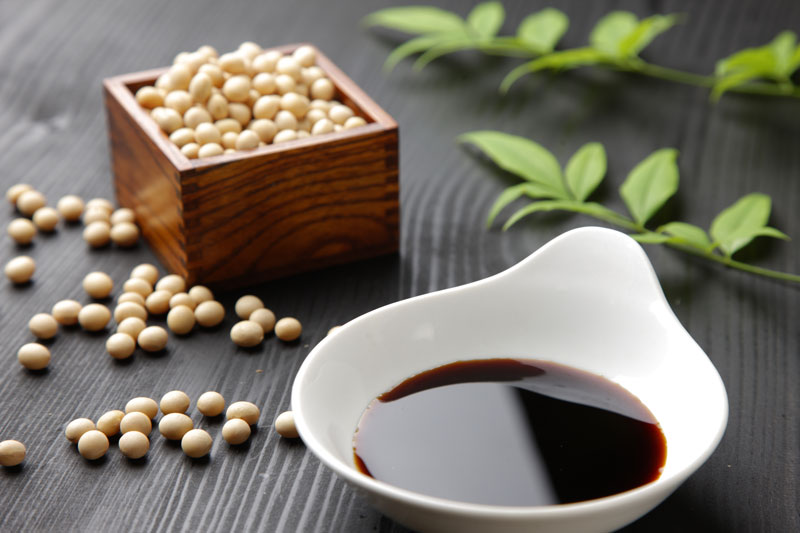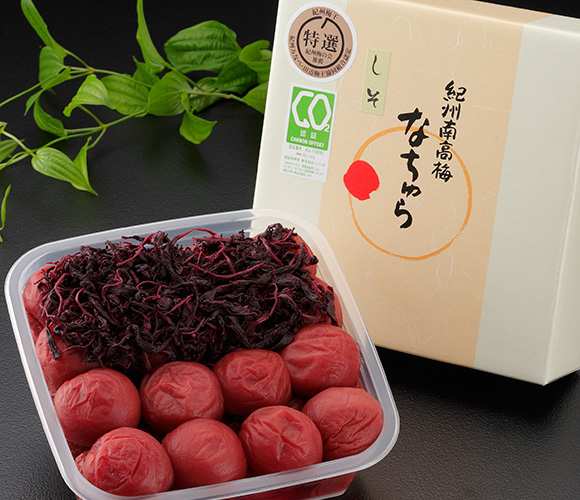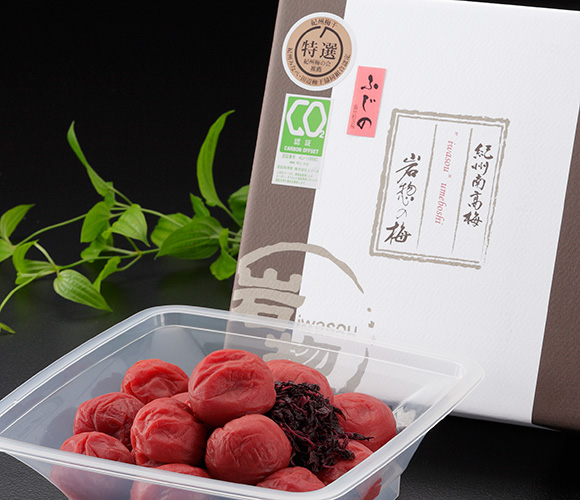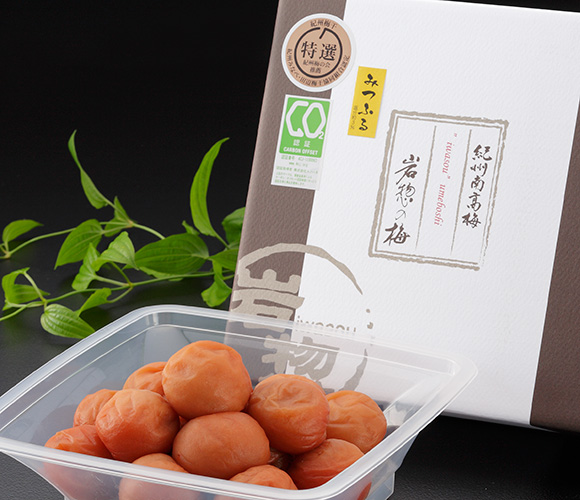Ume and Japan

Wakayama Prefecture, the Birthplace of Many Japanese foodsWakayama Prefecture is the birthplace of many foods that lay the foundation of Japanese cuisine, including Nanko-Ume, soy sauce, bonito flakes, and high-quality wasabi.
Wakayama Cuisine
-
-

The Birthplace of Top Quality Ume, Kishusan Nanko-Ume Minabe
- Wakayama Prefecture boasts of being Japan’s number one producer of Ume. Its masterpiece, the Kishu Nanko-Ume, originates in Minabe, Wakayama Prefecture. It’s known throughout the country as the top-quality brand Ume of Wakayama Prefecture. Ume produced in Minabe are very big and have juicy soft flesh, which spreads umami flavors in the mouth. The Nanko-Ume is loved by people of all generations, commonly in the forms of Umeboshi, Umeshu, Ume confectionary, and Ume extract.
-
-
-

The Birthplace of Soy Sauce Yuasa, Kishu
- It is said that soy sauce(shouyu), which is an indispensable part of Japanese cuisine, originated in Wakayama Prefecture. The birth of soy sauce took place during the Kamakura Period. A monk from a respectable temple in Yura, Kishu, brought back Kinzanji miso from China, which became popular among the Japanese people as a health food. They say the soy sauce was invented when people realized that the excess water that seeps out during the miso’s fermentation process could be a delicious seasoning.
-
-
-

The Birthplace of Bonito Flakes Inami, Kishu
- It is said that bonito flakes, which are essential for making the stock used in Japanese cuisine, originated in Wakayama Prefecture. The first time the skipjack tuna is mentioned in writing is in the year 701. The skipjack tuna has been caught in Inami, a town next to Minabe, for a very long time. A long time ago, they had to use an original preservation method because it took a long time to deliver their catch to other places on rowing boats. This is how bonito flakes were invented, but the present bonito flakes took shape during the Edo Period.
-
-
-

The Birthplace of Mazuma Wasabi, a Top-Quality Product Inami, Kishu
- The Mazuma wasabi, the top-quality wasabi which is indispensable to Japanese cuisine, is a specialty of Wakayama Prefecture. It is said that wasabi cultivation started in the former Mazuma Village (present Inami) in around 1887. Soon, its cultivation started to spread because of its high quality. Currently, Shizuoka Prefecture and Nagano Prefecture are the main producers of Japanese wasabi, so wasabi produced in Wakayama Prefecture is a very rare gem that can only be tasted in certain situations.
-
-
-

TunaKishu Katsuura
- Nachikatsuura, Wakayama Prefecture is a leading place in Japan for tuna fisheries. Fresh, top quality tuna is bigger and more impressive than other tunas. However, Kindai University succeeded in tuna aquafarming for the first time in the world, as a means of protecting our resources. The aqua farmed tuna, Kindai tuna, is now being farmed in Oshima, Higashimuro District, Wakayama Prefecture, as well. It’s good for the environment and is popular for having a flavor that can be compared to wild tuna.
-
-
-

Kumano Pickled Leaf Mustard Rice Ball A Specialty of Kumano, Kishu.
- The Pickled Leaf Mustard Rice Ball has a round, cute appearance, and is a local cuisine of the Yoshino region around the Yoshino District, Nara and the Kumano region which spans Wakayama Prefecture and Mie Prefecture. It’s a rice ball wrapped in leaf mustard, which is said to have originated as a way for workers to bring food to their workplace in the mountains or farms. It is said that it got its Japanese name, meharisushi, because the rice balls were so big that it made people’s eyes wide with surprise. The rice ball, a symbol of Wakayama’s “taste of home”, is still made in many modern families.
-
-
-

Kishu’s Congee (Tea Congee) A Specialty of the Kishu Region
- In the regions between the mountains of Wakayama Prefecture, Nara Prefecture, and Mie Prefecture, tea congee was a staple food, which was lovingly called “Okaisan” or “Okayu” by the locals. It’s made by steeping Hojicha tea in boiling water, and then adding washed rice. The key is not to stir it too much, as it can cause mushiness. For delicious tea congee, you only need to stir it once in a while with a spoon. When the rice grains puff up and the hard core is gone, turn the heat off and leave for it to steam for a while.
-







